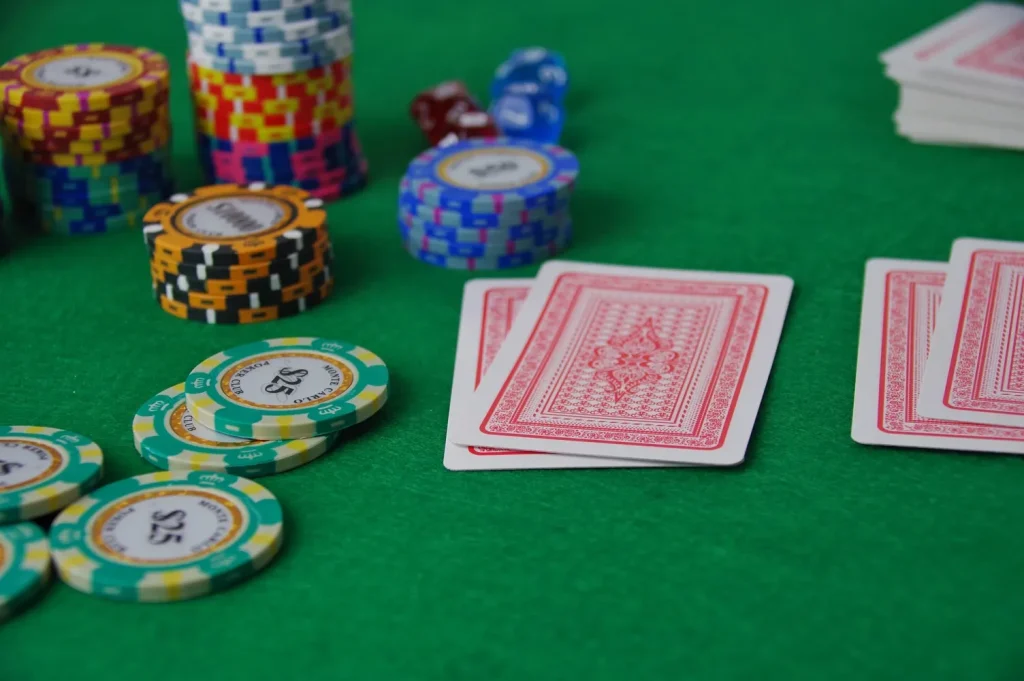Stepping into a casino feels like entering a world of endless possibilities. The flashing lights, the lively sounds, and the energy at the tables—it’s exhilarating, but also a bit overwhelming. It’s natural to wonder, Which game gives me the best chance to win? While no game promises you’ll leave with pockets full of cash, some table games offer odds that are more favorable to players who know how to play smartly and strategically.

Blackjack: The Player’s Favorite
Blackjack is often considered one of the best games for players, and for good reason. With the right strategy, you can lower the casino’s edge to as little as 0.5%. The game is straightforward: you’re trying to beat the dealer by getting a hand as close to 21 as possible without going over.
What makes blackjack so appealing is that it’s not purely based on luck. Your decisions—like when to hit, stand, or double down—can significantly affect the outcome. Learn basic strategy, and you’ll be playing with some of the best odds in the casino.
Craps: Don’t Fear The Dice
Craps might look intimidating at first, with its crowded table and complex betting options, but it’s actually one of the best games for players. The simplest bets—like the Pass Line and Don’t Pass Line—have a house edge of just around 1.4%.
If you stick to these basic bets and avoid the riskier propositions, craps becomes a game where the odds are firmly in your favor. Plus, the energy and camaraderie at a craps table make it one of the most fun games in the casino.
Baccarat: Simple And Player-Friendly
Baccarat is another table game that offers great odds for players. Betting on the Banker has a house edge of just 1.06%, while betting on the Player isn’t far behind at 1.24%. Avoid the Tie bet, though—it might have a tempting payout, but the odds are stacked against you.
What’s great about baccarat is that it’s easy to learn. You don’t need complex strategies or deep knowledge of the game—just place your bet and enjoy.
Roulette: Stick To Even-Money Bets
While roulette doesn’t offer odds as good as blackjack or baccarat, it’s still a player-friendly game if you stick to even-money bets like red/black or odd/even. The European version, with a single zero, gives you a better chance than its American counterpart.
The Bottom Line
If you’re looking for table games with the best odds, blackjack, craps, and baccarat are your go-to choices. With a little strategy and smart betting, you can maximize your chances and have a great time while you’re at it. Happy gaming!


